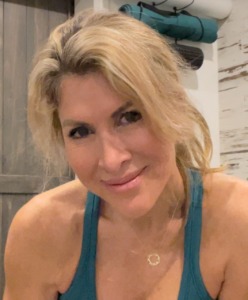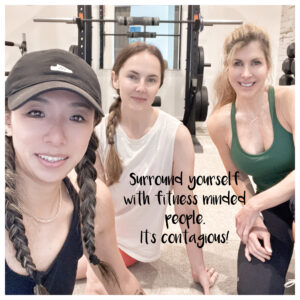Seed oils are highly processed oils that are extracted from seeds, such as corn, soy, canola, and sunflower. They are often used in processed foods and cooking oils because they are inexpensive and have a long shelf life. However, seed oils are also highly inflammatory and can contribute to a number of health problems, including heart disease, obesity, and cancer.
One of the main problems with seed oils is that they are high in polyunsaturated fatty acids (PUFAs or omega-6 fatty acids). PUFAs are essential fatty acids that our bodies need to function properly, but they need to be consumed in moderation. Seed oils are high in omega-6 PUFAs, which are pro-inflammatory. When we consume too many omega-6 PUFAs, it can disrupt the balance of omega-6 to omega-3 fatty acids in our bodies. This can lead to inflammation, which is a major driver of many chronic diseases.
In addition to being inflammatory, seed oils are also unstable and can easily oxidize when exposed to heat or light. When seed oils oxidize, they form harmful compounds that can damage our cells and contribute to disease.
There is a growing body of scientific evidence that links the consumption of seed oils to a number of health problems, including:
- Heart disease
- Obesity
- Cancer
- Type 2 diabetes
- Autoimmune diseases
- Alzheimer’s disease, and more
If you are struggling with your health or trying to lose weight and are concerned about the health risks of seed oils, there are a number of things you can do to reduce your intake:
- Read food labels carefully. Seed oils are often hidden in processed foods, so it’s important to read food labels carefully and avoid products that contain them.
- Cook with healthy fats. There are many healthy fats that can be used for cooking, such as olive oil, avocado oil, and coconut oil. These fats are high in monounsaturated and saturated fats, which are beneficial for your health.
- Eat whole foods. Whole foods are unprocessed and contain all of the nutrients that your body needs. When you eat whole foods, you’re less likely to consume seed oils.
- Avoid processed foods. Processed foods are often high in seed oils, sugar, and other unhealthy ingredients. When you avoid processed foods, you’re also avoiding seed oils.
- Talk to your doctor, dietician, or nutritionist. They can help you develop a plan to reduce your intake and improve your health.
Remember, you are in control of your own health. Making small changes today will add up to big results over time.
You’re worth it!
Lisa



